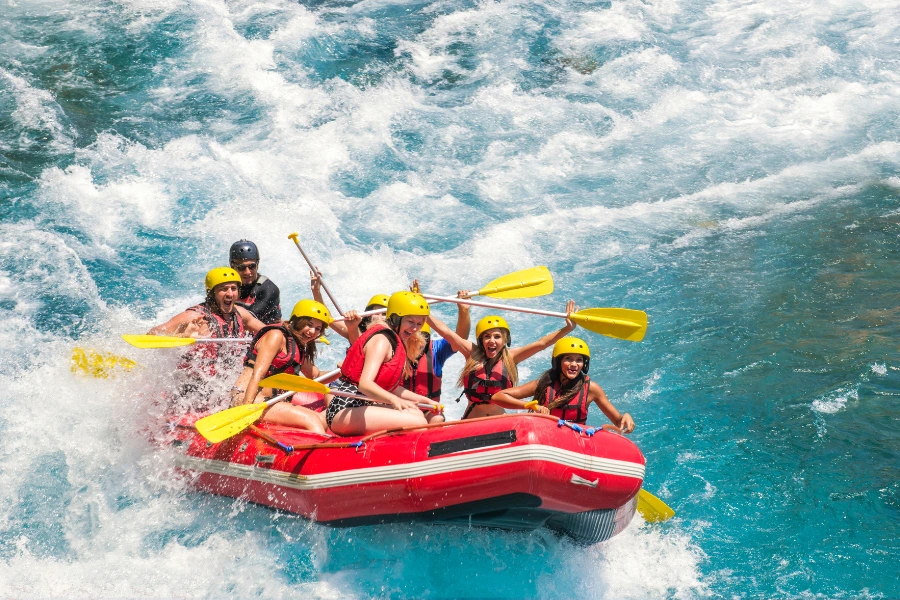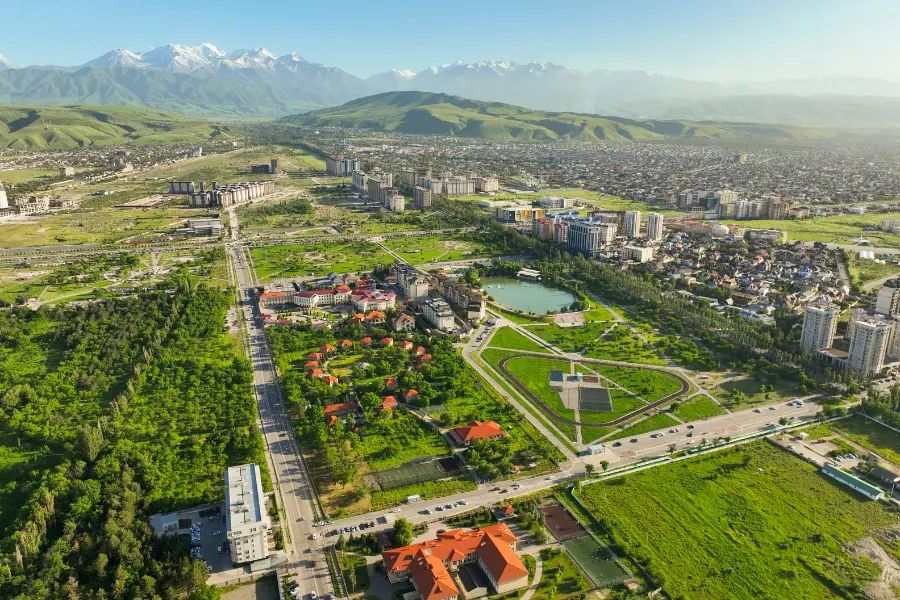If ever you've dreamed of a mix of adrenaline, nature, and friendship, river rafting is the perfect adventure to embark on. Whether you're searching for your first ride along gentle rapids or wanting to conquer wild waters, this handbook contains all you need to take the plunge and start your river rafting adventure confidently.
1. What is River Rafting?
- River rafting is an outdoor recreational activity where a group of people travel down a river using an inflatable raft.
- It requires teamwork, navigation skills, and adrenaline as you tackle various levels of rapids.
2. Rapid Grade (Difficulty Level) Understanding
Rapids are graded in terms of difficulty from Grade I to Grade VI:
- Grade I: Still, flat water with minimal risk—great for beginners and families.
- Grade II–III: Small to medium sized waves, suitable for first-timers with a guide.
- Grade IV: Challenging rapids requiring hard paddling and monitoring.
- Grade V–VI: Very challenging, reserved for experienced rafters.
Beginners should start with Grade II or III under the care of certified guides.
3. Optimal Time for River Rafting
- Spring to early summer (March–June): Snowmelt feeds rivers and creates ideal flow.
- Monsoon (July–September): Avoid rafting unless it is safe—water levels rise rapidly.
- Autumn (October–November): Rivers are calmer; great for sightseeing rafting with mild thrill.
Read also: Weekend Getaway to Lonavala & Khandala: The Ultimate Itinerary
4. Top Beginner-Friendly River Rafting Spots in India
- Rishikesh, Uttarakhand: The Ganges has various beginner courses and is India's best rafting spot.
- Kolad, Maharashtra: Perfect for Mumbai and Pune weekend escapes, especially during monsoon.
- Barapole, Coorg: Great for scenic views and safe rafting in South India.
- Beas River, Manali: Beautiful Himalayan backdrop with Grade II–III rapids.
5. Essential Gear You’ll Need
- Life Jacket: Always wear a certified buoyancy aid.
- Helmet: Protects against unexpected hits from paddles or rocks.
- Paddle/Oar: Used for steering and speed control.
- Wet/Dry Suit: Optional depending on season and water temperature.
- Water Shoes: Traction and safety when getting in and out.
- Dry Bag: Protect valuables and essentials (optional).
6. Basic Safety Tips for First-Time Rafters
- Always follow your guide's instructions—they're professionally trained for emergencies and safety.
- Don't panic if you fall in—float on your back and have your feet facing downstream.
- Stay with your raft—in most cases, your group will rescue you in no time.
- Avoid loose jewelry and clothes—they may get caught on equipment or rocks.
7. What to Expect on Your First Trip
- Short orientation session wherein your guide will instruct on paddling techniques, safety procedures, and commands.
- Progressive exposure to calm waters before stepping up to rapids.
- A few splashes, bumps, and chuckles—but with proper equipment, all fun and safe!
- Always a team effort—expect lots of paddling and coordination.
8. Bonus: Capture the Experience
- Some rafting companies offer GoPro video packages or photography services—perfect for memories or blogging or social.
9. Packing Checklist
- Fast-drying clothes (no cotton)
- Sunscreen & strap-on sunglasses
- Reusable water bottle
- Waterproof camera (if allowed)
- Spare clothes for after rafting










